A sensor is a device that detects and measures a physical characteristic and responds with a signal indicating the presence or absence of, or a change in, the detected characteristic. Sensors are used in cars, homes, medical labs, and many other places.
But what exactly is a sensor? What types are available and how do they work? In this blog, we will discuss everything you need to know about sensors, including their types, uses, and why they are important. What are the different types, what are their uses, and why are they important?
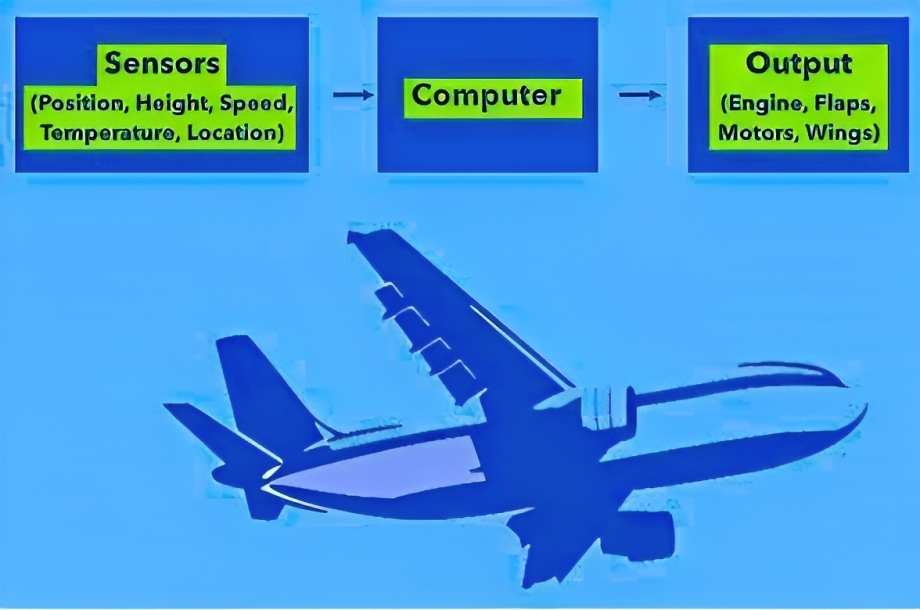
What is a sensor?
A sensor is a device that converts a physical quantity, such as light intensity or pressure, into an electrical signal that can be read by an electronic device. Sensors are used in a variety of applications, including monitoring environmental conditions, controlling machinery and measuring movement.
Different types of sensors
There are different types of sensors available in the market, each having its own specific applications. Some of the most popular types of sensors include:
Temperature Sensors
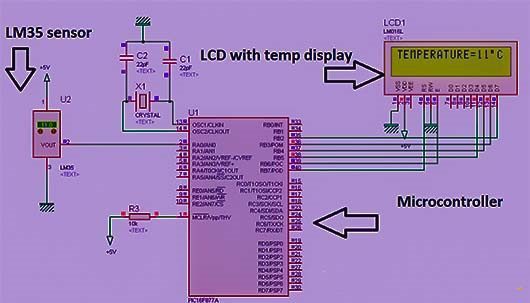
Temperature sensors are used to measure the temperature of an object or environment. They are widely used in a variety of industries, including HVAC, refrigeration, and automotive.
Pressure Sensors
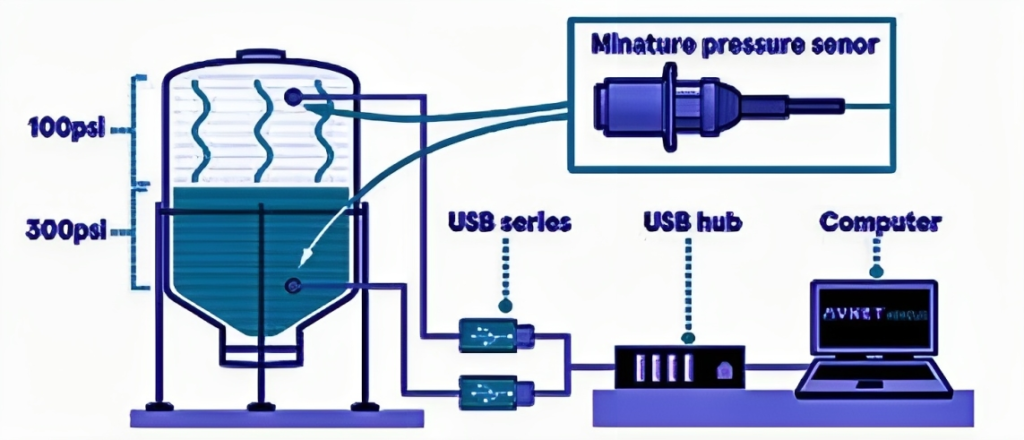
Pressure sensors are used to measure the pressure of a fluid or gas. They are commonly used in industrial and medical applications.
Motion Sensors
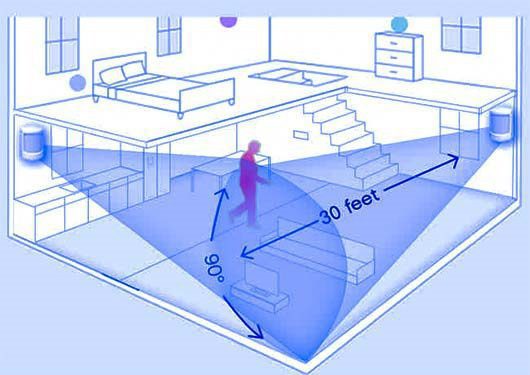
Motion sensors are used to detect movement. They are commonly used in security systems and gaming applications.
Light Sensors
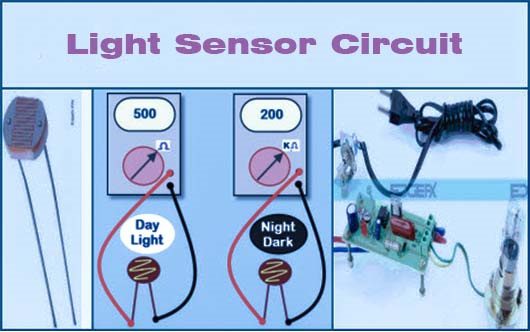
Light sensors are used to measure the intensity of light. They are commonly used in photography and optical applications.
How do sensors work?
Sensors are basically devices that detect, measure, and respond to physical or chemical stimuli in the form of electrical or optical signals. They are used in a wide variety of applications, such as detecting and measuring temperature, pressure, humidity, light, voltage, etc.

The working principle of a sensor is based on the changes in the physical quantity being measured. For example, in a typical temperature sensor, the change in resistance of a material with change in temperature is used to detect and measure temperature.
Applications
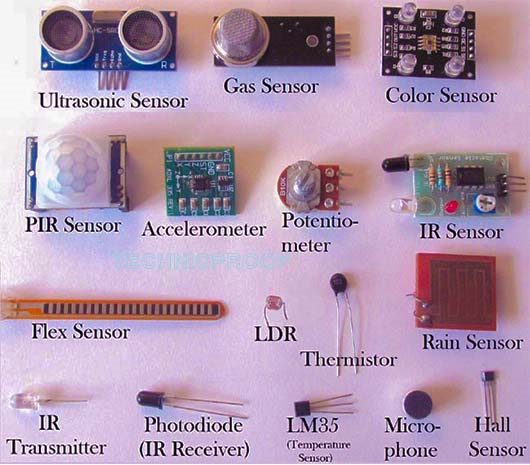
Sensors are devices that measure a physical quantity and convert it into a signal which can be read by an observer or by an instrument. There are many different types of sensors, and each type is designed to measure a specific physical quantity. Some of the most common types of sensors include:
–Temperature sensors
-Pressure sensors
-Flow sensors
-Position sensors
-Speed sensors
Each type of sensor has its own unique set of applications. Temperature sensors, for example, are commonly used in HVAC systems to regulate the temperature of a space. Pressure sensors are often used in automotive applications to measure the pressure of fluids. Flow sensors are used to measure the flow rate of liquids and gases. Position sensors are used to deter mine the position of objects. Speed sensors are used to measure the speed of moving objects.
Advantages and disadvantages of sensors
Sensors are devices that measure a physical quantity and convert it into a signal which can be read by an observer or by an instrument. There are various types of sensors such as temperature sensors, pressure sensors, motion sensors, etc. each with its own advantages and disadvantages.
Temperature sensors are used to measure the temperature of an object or environment. They can be either contact or non-contact type. Some of the advantages of temperature sensors include their high accuracy, wide range of measurement, and fast response time. However, they also have some disadvantages such as being susceptible to interference from other heat sources and being affected by changes in ambient temperature.

Pressure sensors are used to measure the pressure of a fluid or gas. They can be either mechanical or electronic type. Some of the advantages of pressure sensors include their high accuracy, wide range of measurement, and fast response time. However, they also have some disadvantages such as being affected by changes in ambient pressure and being susceptible to damage from high pressures.
Motion sensors are used to detect the movement of objects. They can be either passive or active type. Some of the advantages of motion sensors include their low cost, wide field of view, and ability to detect even very small movements. However, they also have some disadvantages such as false positives (detecting movement when there is none) and sensitivity to light and sound interference.
Future of sensors
Sensors are becoming increasingly sophisticated and are being used in a variety of industries for a range of purposes. As technology advances, so too do sensors and their applications.
The future of sensors looks very promising. With the continued advancement of technology, sensors will become more sophisticated and able to perform more tasks. They will be used in more industries and for more purposes. The possibilities are endless.


